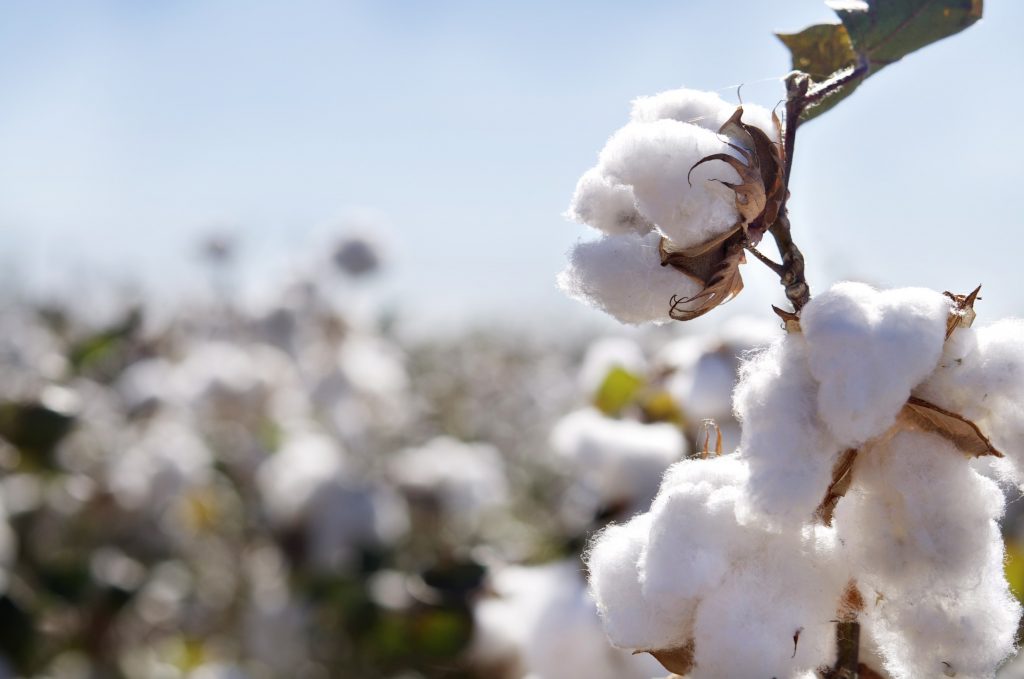When it comes to the best cotton bedding, it’s all comes down to the details. If you get those right, then not only will the said sheets stand the test of time, they’ll also be well-loved and well-used – something you definitely want in bedding!
Organic cotton ticks all of these boxes and so many more. Here’s the lowdown on the organic cotton process – from cotton cultivation to final packaged product – so you can quickly see the benefits it offers in producing sheets that are soft, comfortable and most importantly, toxin-free.
1. It starts with the farmers
The cotton process begins a long time before a seed is even planted. It starts with the right farmers with the right methods. Organically-speaking, this means producers who employ biologically diverse farming techniques and are committed to protecting the environment by lowering their carbon footprint.
Knotte is a great example of all of these things. Their products are made in a 100% solar-powered, family-owned factory in the central India. Farmers carefully till their soil to maintain its health which directly supports local biodiversity.
According to Minna and David O’Weger, co-founders of Knotte, the decision to choose an organic cotton production method was an easy one.
“Organic cotton bedding is naturally hypoallergenic and free from chemicals and pesticides. We chose organic cotton because of the difference it makes to our family and because it’s environmentally responsible.”
With the right production people firmly in place, the next piece in the organic production process is the cotton seed itself.
2. Next comes the seed
The cultivation process begins with the selection of the perfect seed – one that is wholly untreated and not genetically modified.
3. Land preparation is paramount
Next up, the soil is carefully prepared for planting. This involves lots of love and care, building it up with rich organic matter through crop rotation and composting. The organic nature of the soil means it retains much higher levels of water thereby reducing the need to excessively water the cotton fields.
4. Sowing the seeds
Rows or furrows (long, narrow trenches) are made in the ground and the seeds are planted.
5. Growing, flowering & pest control
Once the seedlings have sprouted, it takes anywhere from 60 to 70 days for the first flowers to appear. A further 50 – 70 days sees them ripen to boll stage. At this point, the boll opens to showcase the beautiful white fluffy cotton ball inside. The boll contains both seeds and cotton fiber and once it fully dries out, it can then be harvested.
It’s worth noting that at no stage during this process, are any pesticides or herbicides used to control weeds or pests. Instead, this done naturally; for example, pests are controlled by introducing beneficial insects, constructing traps and even selective hand removal.

7. Harvesting and ginning time
Before being harvested, the cotton goes through a defoliation process where the leaves are stripped from the plant. Non-organic production methods use chemicals to complete this process but the organic way is best – letting Nature’s seasons do the job. This means waiting for frost in certain climates or carefully controlling watering in others.
After harvest, ginning occurs where the seeds are separated from the lint. The cottonseeds don’t go to waste as they used in a variety of ways, one of which is to create cottonseed oil used in nutritional supplements, animal feed and even cosmetic production.
8. From yarn to ‘finish’ stage
Once the fibers have been separated from the cotton seeds, the work of creating bedsheets begins. The process is as follows:
a. Cotton fibers are spun to create yarn.
b. Yarn is weaved to create bolts of fabric.
9. The final steps to the final product
Now the fabric is ready it has to be inspected, layered, hand cut and stitched into bedsheets. A final inspection takes place before the finished product is packed into an organic, reusable fabric bag with an organic label and tag attached.
And now it’s ready to reach retail partners and hopefully, some very happy customers! While the organic cotton process is time-consuming, it’s ultimately one that is very worthwhile. It ensures not only beautiful, comfortable bedsheets but also looks after the world at large; not to mention the important people that produce the product too. Definitely a win all round, particularly for those of you who appreciate a peaceful, healthy and rest-filled night’s sleep.



